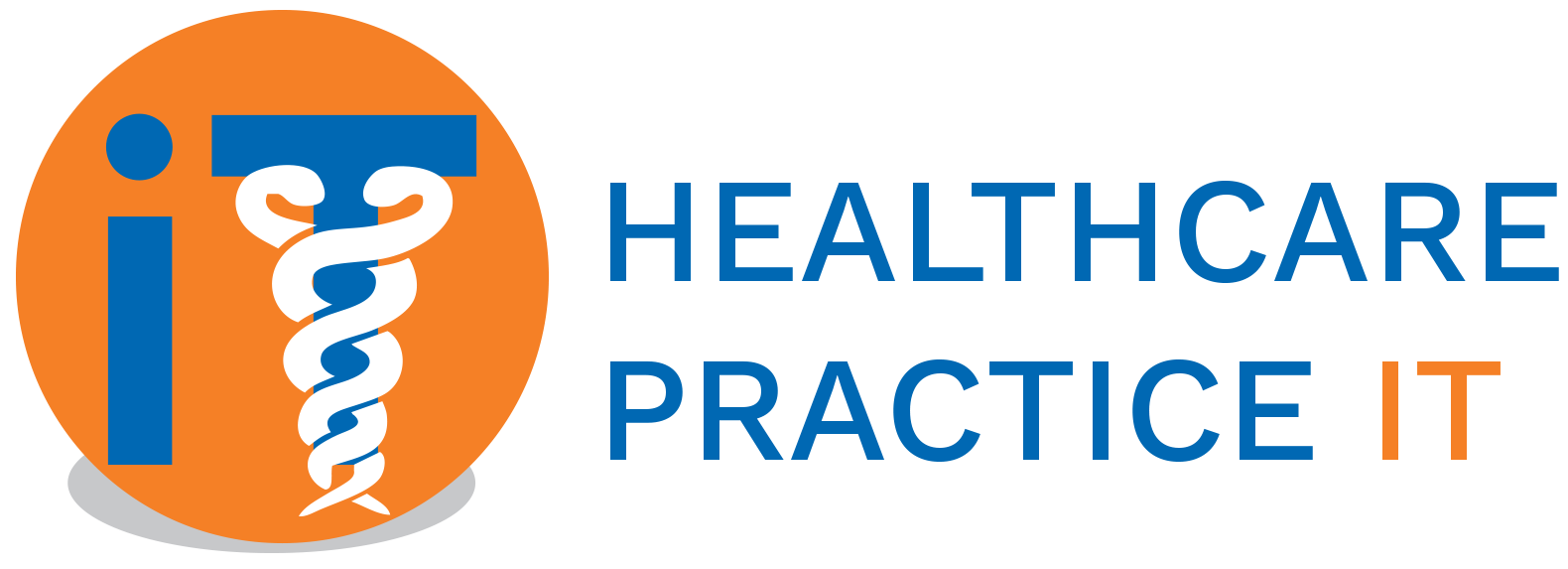your business depends on organizational agility
It’s hard to predict the future. Just think of all that has happened in the world in the last two years. From the COVID-19 pandemic to supply chain issues to inflation and war, no one could have predicted these events early enough to be adequately prepared.
These challenges make it more difficult for companies to succeed and achieve their long-term objectives.
When the needs of your employees, customers and the market change suddenly, you must be ready to make the necessary shift. Proactive businesses can achieve this by practicing organizational agility.
Organizational agility is the flexibility and coordinated effort to quickly address rapidly changing market conditions. It empowers your people, processes and technologies to change direction quickly as needed, avoiding extended downtime and revenue loss.
Importance of organizational agility
Agility-focused businesses can manage their growth flexibly, independently and productively. This improves their efficiency and reduces costs.
With this approach, you don’t predetermine the path forward. Instead, you make iterative changes based on feedback loops generated throughout the growth process, such as from employees and other key stakeholders. Once you’ve made changes to accommodate all the constructive recommendations, you can prepare to make additional changes based on future suggestions. Since your clients are also part of the process, you can use their feedback to identify priorities and make changes.
What is the difference between agility and scalability?
Scalability is the ability to increase or decrease your resources to meet critical needs. On the other hand, agility is the ability to react quickly to a situation, adjust with minimal downtime or loss, and keep moving forward indefinitely or permanently.
In simple terms, scalability refers to the ability to scale up and down in response to changing circumstances, while agility is all about the ability to move left or right to avoid a stumbling block.
To ensure that your growth story is blemish-free as a growing company, you’ll need to be scalable and agile. To achieve that, you need to take care of a few things*:
Thoroughly define your target audience
Delivering value to your customers on a consistent basis is critical. Make every effort to establish trust and transparency with them.
Gain a better understanding of the factors that influence value
Although many businesses have identified their core customer base, they don’t fully comprehend what motivates people to buy. Give customers prototypes and samples, then observe what they do to get a better picture. Continuously evaluate and record their preferences.
Approach growth in an iterative manner
In a highly unpredictable business world, where an unpleasant surprise can occur at any moment, it’s better to grow iteratively. This allows you to learn as you go and adapt your business accordingly.
Develop self-managing, integrated teams
Create small, self-managed teams with all the skills and knowledge your organization will most likely require. Cross-train members so they can adapt to the needs of each iteration and figure out the best way to organize themselves to get the job done quickly.
Create a culture of constant improvement
Setbacks and challenges are common in business, but what matters is that you pick your business up after each fall and try to improve without hesitation.
Developing organizational agility may demand significantly more time and effort from you than you can devote. If that’s something that worries you, simplify your journey toward organizational agility by partnering with an expert Healthcare Practice IT.
Contact us today to schedule a no-obligation consultation. http://calendly.com/AndyRoe
More blog articles
Minimizing Cyber Supply Chain Risks through Effective Vendor Selection
Cyber supply chain risks refer to the threats that arise from the use of products or services provided by external vendors in an organization’s IT infrastructure. These risks can originate from various sources such as malware-infected software, compromised hardware, or unreliable service providers.
Co-Managed IT for Healthcare Organizations
Co-managed IT is a service model that can help healthcare organizations
improve their IT infrastructure while minimizing risk and cost. By partnering
with a co-managed IT provider that specializes in healthcare, organizations
can ensure that their IT systems are secure, compliant, and optimized for
performance. Learn more about the benefits of co-managed IT for
healthcare organizations and how to implement it in our latest blog post
Co-Managed Healthcare IT Myths
Co-Managed IT Services have emerged as a viable solution for healthcare organizations to leverage the benefits of IT without breaking the bank. In this article, we debunk some of the most common Co-Managed IT myths and explore the benefits of partnering with a Managed Service Provider.




